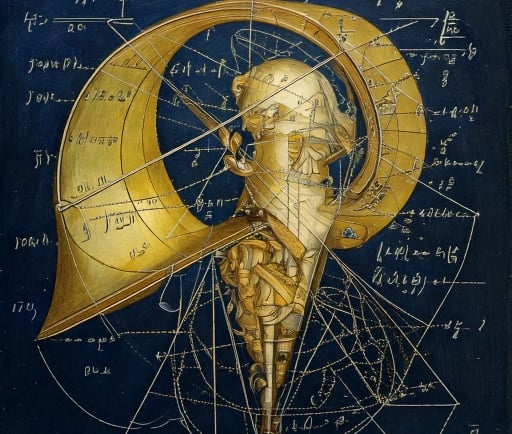Gabriel's Horn: A Mathematical Concept


Introduction to Gabriel's Horn
Gabriel's Horn is a remarkable mathematical construct that intrigues both mathematicians and enthusiasts alike. It is defined as a three-dimensional shape formed by rotating a particular function about an axis. Specifically, it is produced by rotating the graph of the function f(x) = 1/x for x >= 1 around the x-axis. This unique shape possesses the astonishing property of having an infinite surface area while simultaneously containing a finite volume.
The Definition and Properties of Gabriel's Horn
The conceptualization of Gabriel's Horn can be challenging due to its perplexing properties. The infinite surface area results from the fact that as one moves along the horn to infinity, the tubular structure continues to extend outward, effectively expanding the surface area without bounds. Despite this ever-expanding surface, the volume of Gabriel's Horn can be calculated using integrals and is found to be equal to π cubic units. This paradox presents intriguing questions about the relationship between volume and surface area in geometry.
Mathematical Implications of Gabriel's Horn
Gabriel's Horn stands as a testament to the complexities of geometry and calculus. Those in the field utilize this shape to explore different mathematical theories, including integrals and convergence. The divergence of the surface area integral as compared to the convergence of the volume integral provides essential insights into infinite series and limits. Furthermore, Gabriel's Horn has various applications in theoretical mathematics and physical theories, making it essential for scholars and students alike to understand its significance.
In summary, Gabriel's Horn is not merely a curiosity of geometry but a window into the profound principles of mathematics. Its paradoxical nature invites contemplation on the intricacies of shapes and their properties. By studying this unique figure, we gain a deeper appreciation for the beauty of mathematics and its ability to challenge our intuitions.
